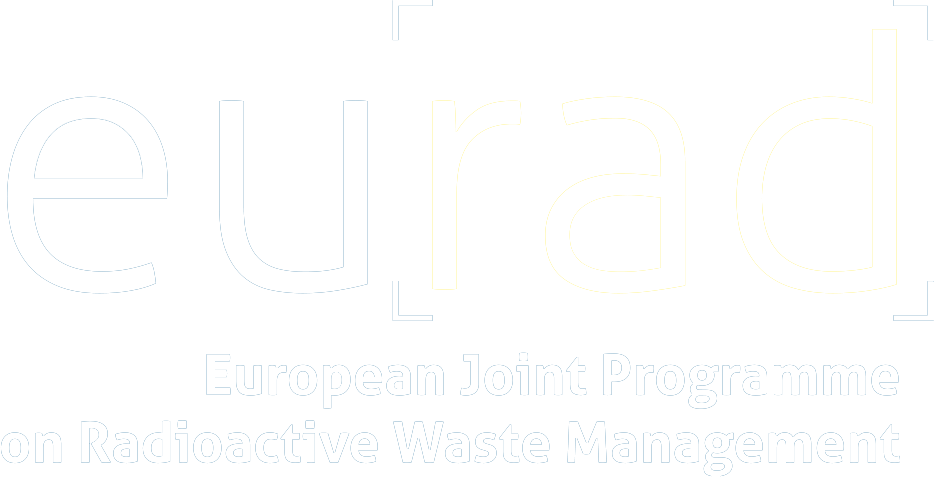Microbial impact in nuclear waste respositories, especially on backfill material (e.g. bentonite) and corrosion remains unclear. In this ConCorD subtask, we would like to understand whether indigenous microorganisms in compacted MX80 and Calcigel bentonites wil survrive in different dry densities when both electron acceptor (sulfate) and donor (hydrogen gas) are available in the respository. The first step for this experiment is to compact bentonite samples into metal reactors and develop a experimental setup to provide both electron acceptor and donor in artificial Opalinus Clay porewater. Three major components , including reactor, peristaltic pump and reservoirs are essential for the entire setup. In this reseach stay at EPFL, Dr. Natalia Jakus and I have tested the best materials suitable for this experimental setup that will be used from both institutes, EPFL and HZDR. For example, a special tube from MasterFlex for high pressure application is needed to connect between pressurized porewater reservoir and pump, whereas tubes with low gas permeability are connected between pump and reactor. We also came to the conclusion that contantly hydrogen needs to be supplied when the real setup is running, because a dramatic pressure drop in pressurized reservoir was observed when the porewater volume decreased. In conclusion, the entire experimental setup was established and tested but details as for example where to place the setup under anaerobic condition (in a glove box for example) remains under discussion.
Reactor setup for compacted MX80 and Calcigel bentonite
Start date:17/10/2022
End date: 03/11/2022
Beneficiary: Ting-Shyang WEI
Location: EPFL and PSI, Switzerland
EURAD Work Packages involved
WP15 - CONCORD


